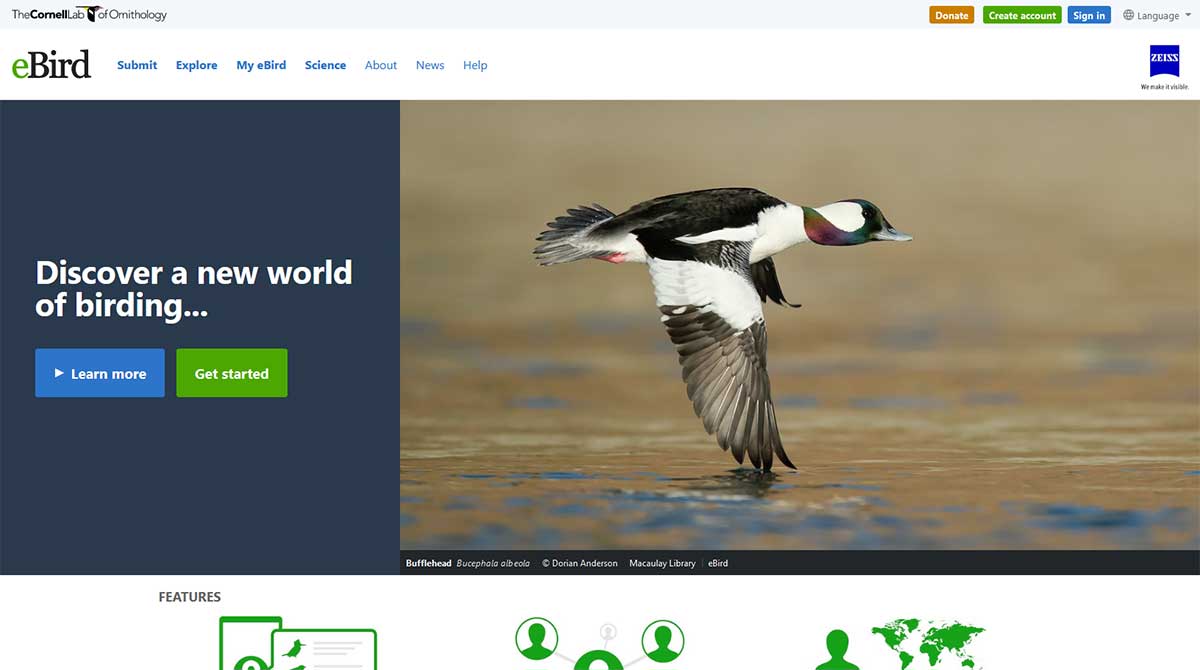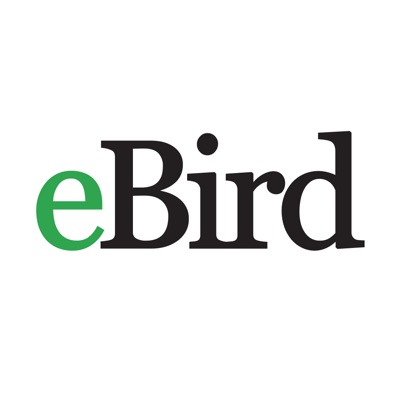Growing up in the ’90s you could definitely consider me a part of the “Pokémon Generation.” Throughout my childhood I played games like Sonic, Zelda, Mario, but the one that seemed to have the biggest impact on me and my friends was Pokémon. We spent countless hours battling, training, trading—but most of all collecting Pokémon.
I confess to still being a fan of the series and continue to play the newest games today (while gleefully passing on “adult” shooter and sports games).
What does this have to do with birds? Well, I only just started birding in July and have been going nearly every weekend, schedule permitting—and one of the first issues I ran into was how do I keep track of all these birds I’m seeing? At first I was using my iPhone and writing the names of the birds down in the notes app, but I soon realized that this is not an ideal way to organize everything.
My next thought went to spreadsheets, “Hey! I can make a list of all the birds in Southern California and mark them off as I go along!” I actually did this for a week or so before a magical piece of information made its way to me via one of the other regular birders at my local bird walk.
eBird.org

There is this wonderful website called eBird.org that is a joint project of The Cornell Lab of Ornithology and the National Audubon Society. It is basically a global online database where people submit sightings of birds they’ve seen, where they’ve seen them, and optionally how many birds they counted of each species. You can also include notes on the birds you see.
By keeping a running total of all of the birds I’ve seen and a collection of bird photos that I’ve taken it has turned the activity of bird watching into game for me. eBird keeps a “Life List” of all of the birds you’ve seen and submitted, as well as dividing it up into monthly and yearly lists. I am able to collaborate on lists with friends, they can add birds I may have missed reporting. The website offers mapping features that show you popular birding spots anywhere in the world, as well as recent rare bird sightings and you can watch see where in the world reports are being submitted in real-time.
eBird

Technology has made recording and submitting eBird reports even easier with the use of iOS and Android eBird app. The app enables you to count birds you see in the field and even track your trip and plot it out on a map. It has a quick interface to record birds and notes and, at the end of your trip, you can easily publish your sightings.
Seeing my total count of birds rise on eBird fuels my excitement to get out there and see new birds, in the same way that the Pokédex encouraged you to “catch ’em all.” I could easily see someone create an iPhone app to turn bird watching into even more of a game, rewarding you with badges or achievements for seeing a certain number of species in a day, counting a lot of birds, seeing rare birds, or traveling long distances on a birding trip. The possibilities are endless.
Update 2020: eBird has made a number of significant improvements over the past few years including revamping their homepage, enabling media attachments, and now…user profiles! Your eBird profile shows your total birds seen, photographed, and recorded. New species pages have been launched which feature badges for “seen” “photographed” and “recorded.”
Since I began birding in June I’ve seen 121 species of birds. Let’s see if I can double that number by the end of 2014.
How many are on your life list?
